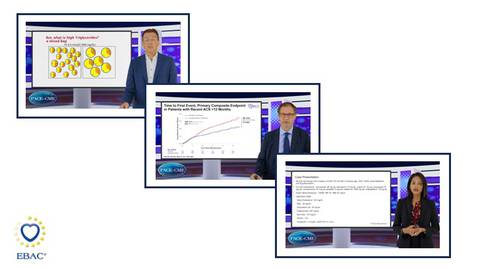Even after reaching LDL-c targets, residual CV risk can remain high. Icosapent ethyl has been indicated as an adjunct to maximally tolerated statin therapy in adults with elevated triglyceride levels and CVD or DM with at least two additional CV risk factors to reduce risk of CV events. In this series, three experts discuss triglyceride-related CV risk, review studies with omega-3 fatty acids and talk about how to integrate treatment with icosapent ethyl in clinical practice.
This course consists of 3 episodes. Watch all episodes, answer pre- and post-test questions, and start earning CME credits.





Facebook Comments